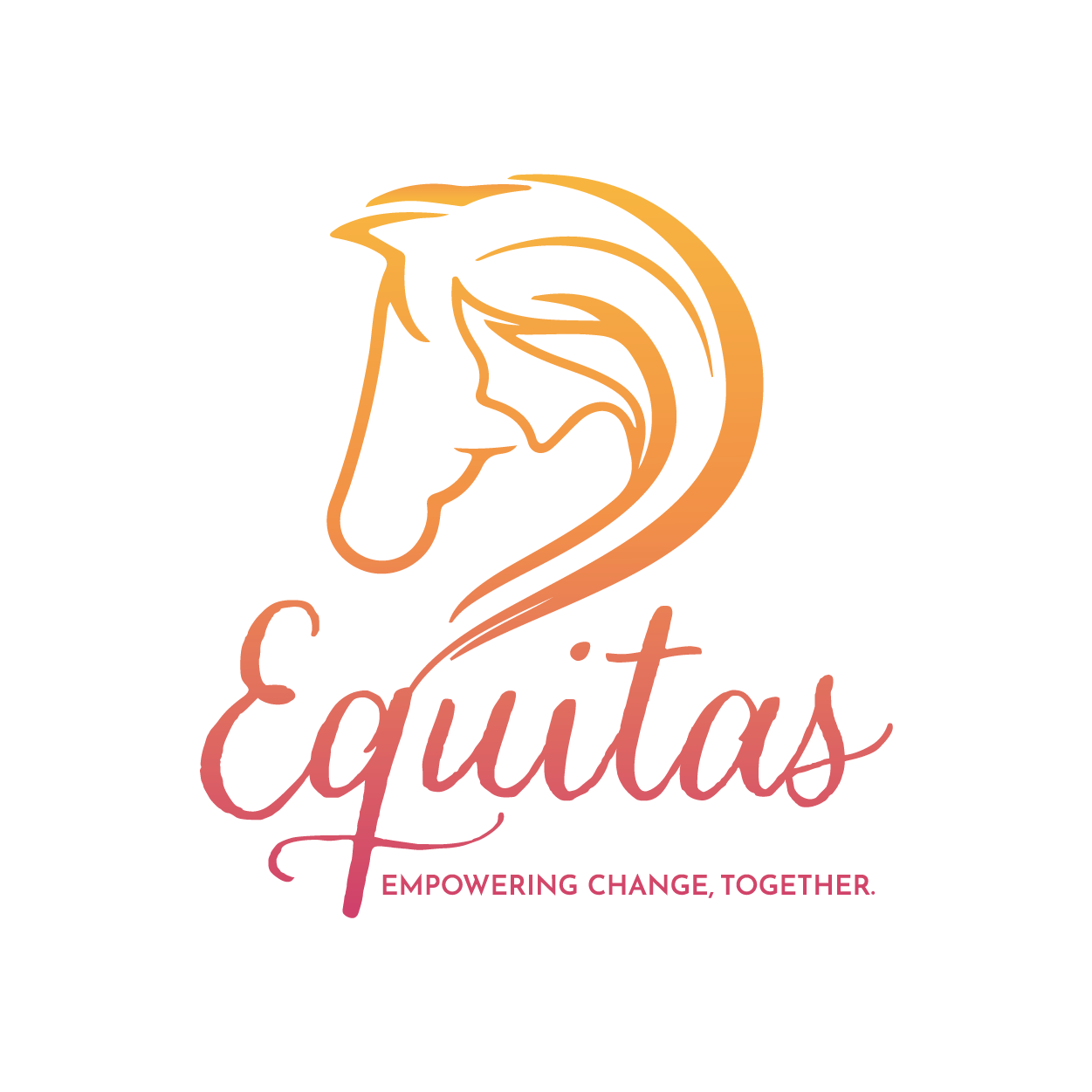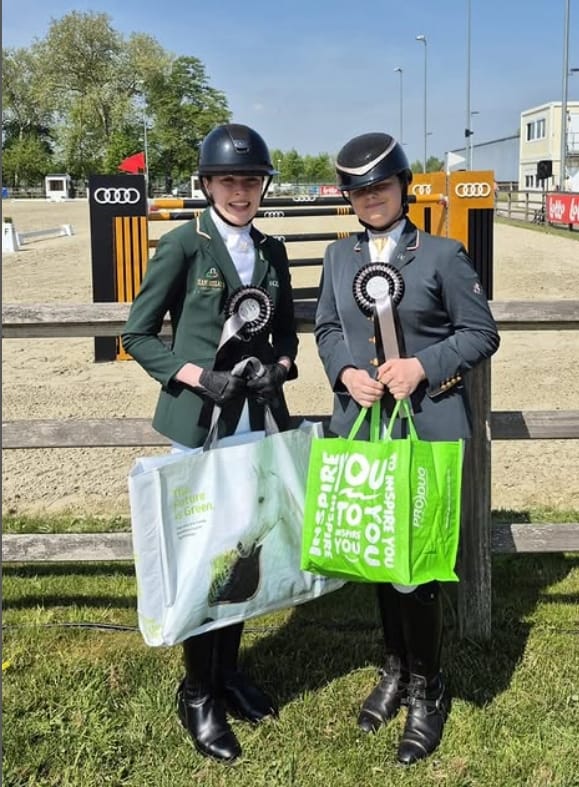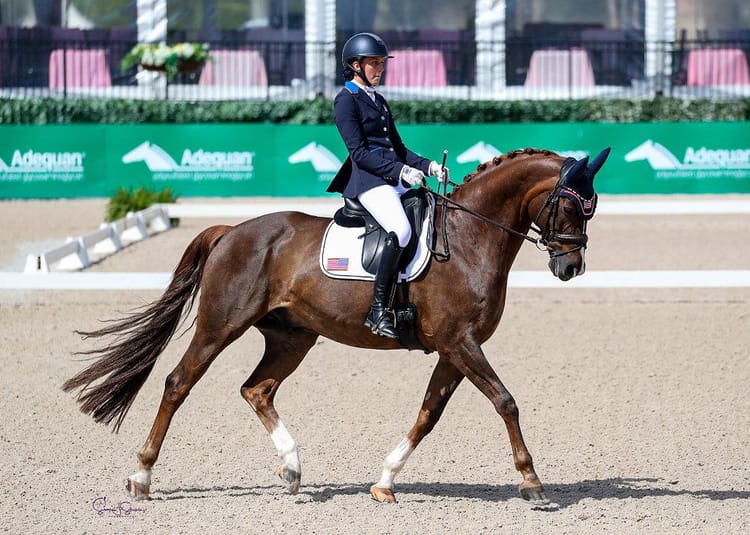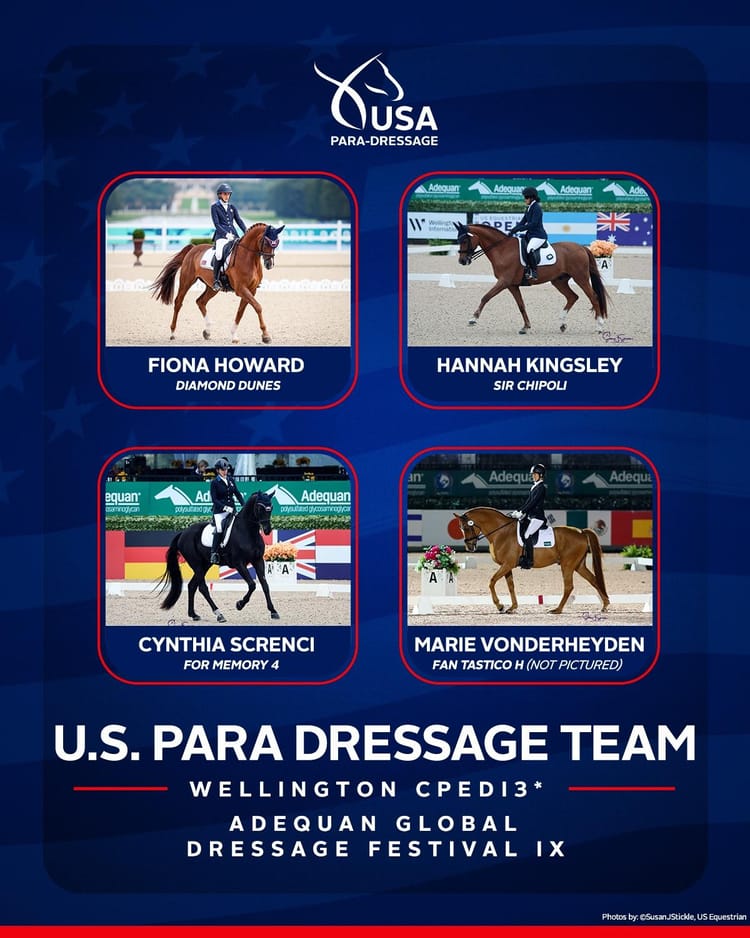How Female Para Equestrians Keep Pushing Forward While the Sport Drags Its Feet
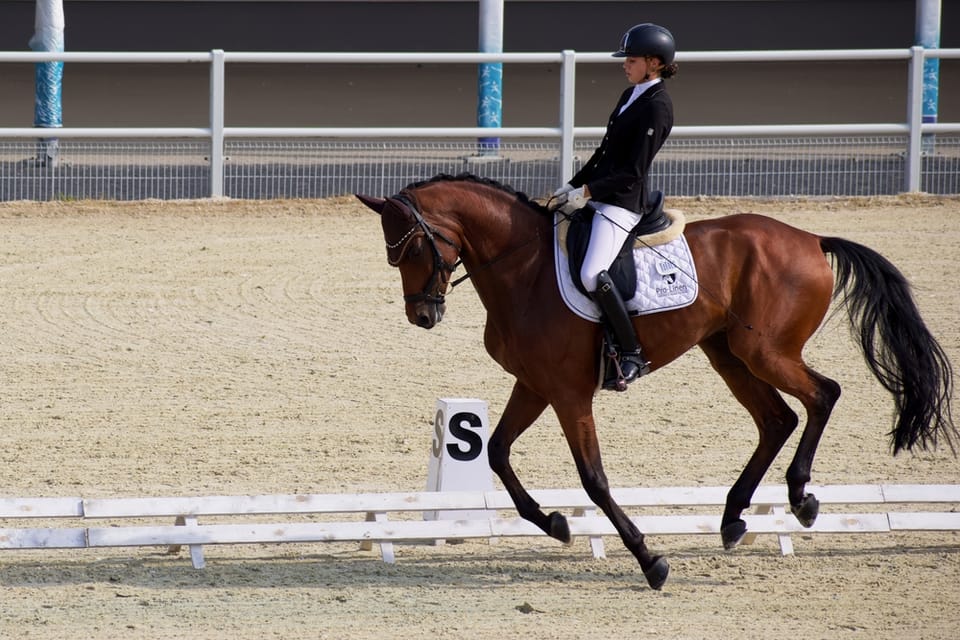
They are skilled, disciplined, and committed athletes in equestrian sport. Their talent is proven and their resilience it is safe to say is unquestionable.
Yet, despite competing at incredibly high levels, female Para Equestrians still battle for recognition, sponsorship, and media visibility in an industry that prides itself on valuing inclusivity.
Let’s be clear: this piece is not about sympathy, nor is it about advocating for giving anyone a handout. Para Equestrians don’t need special treatment—they need equal footing. From everything I have been told and from the endless chats I have had with para equestrians mainly in Ireland and the UK... the issue is not ability. It is access. It is investment. It is a sport that moves forward in some areas while dragging its feet where it matters most.
This is a story of progress, but also of barriers that refuse to break.
Decades of Growth, Yet the Same Old Struggles
Para Equestrian sport has come a long way. What started as a rehabilitation tool has evolved into an elite Paralympic discipline, governed by the FEI, with athletes performing dressage tests to a standard that rivals their able-bodied counterparts. The numbers show growth—more nations competing, more talent emerging, more records being broken. And yet, the systemic gaps remain unchanged.
- Sponsorship and financial backing? Scarce.
- Media attention? A fraction of what it should be.
- Prize money? Not at all where it should be.
- Horses, trainers, and adaptive equipment? Limited and out of reach for many.
For all the talk of “inclusivity” in equestrian sport, it’s clear that words have outpaced action.
Para Equestrians, especially female athletes, are not waiting to be included—they are already here. The question is whether the sport will catch up to them.
The Cost of Being Overlooked
No equestrian discipline is cheap, but for Para riders, the financial burden is often hugely increased. A horse suited for elite-level Para Dressage must have impeccable training, the right temperament, and the ability to adjust to compensating aids—criteria that drive prices sky-high.
A rider may need a customised saddle, adaptive tack, or specialised prosthetics. Add in travel, entry fees, and daily training costs, and you have a sport that demands relentless financial commitment.
But while able-bodied riders can tap into prize money, commercial sponsors, and a structured talent pipeline, female Para riders often face a closed door. Even at the highest levels, most rely on personal fundraising, crowdfunding, or the generosity of private owners.
Talent isn’t enough—you need access. And access is still denied to too many.
Rebecca Hart, a U.S. Paralympian, spent years working early-morning shifts at Starbucks just to keep herself in the sport. Irish rider Helen Kearney, despite her success at the London 2012 Paralympics, stepped away from competition in part because maintaining a horse at that level became logistically and financially unsustainable.
These are not isolated cases. They are the reality for too many Para Equestrians worldwide.
Media: The Missing Piece
Visibility is currency in equestrian sport. And that is why I am writing this... i am setting the scene for something more to come...
More coverage means more opportunities, more sponsorships, and more financial stability.
Yet, aside from the Paralympics—where the sport is briefly acknowledged—Para Dressage barely registers in mainstream equestrian media. Competitions receive little to no broadcast coverage. Articles are few and far between. And when Para riders do get mentioned, it is often through a “human interest” lens rather than as elite competitors.
This is not just an oversight—it really is a failure to invest in the future of the sport.
Because here’s the reality: when people see Para Equestrian sport for what it truly is—precision, skill, and elite-level competition—they respect it. But they cannot respect what they do not see.
Who’s Driving Change—and Who’s Holding It Back?
Not every corner of the industry is dragging its feet. Some brands, governing bodies, and individuals are actively making a difference.
- The UK’s Lottery-Funded Para Programme has built the most successful Para Dressage team in the world.
- Sponsors like Perrigo and Adequan have stepped up to support U.S. Para Equestrian events, setting an example that others should follow.
- Top riders like Sophie Christiansen and Roxanne Trunnell have used their platforms to demand better funding, better media representation, and a real seat at the table.
But this is not enough.
For every programme investing in Para sport, there are ten more that aren’t. For every sponsor backing an elite Para rider, there are dozens that won’t touch the space.
The question is not whether equestrian sport can support these athletes—it’s why it still chooses not to.
Progress Isn’t Passive—It’s a Choice
Female Para Equestrians have done their part. They have proven their talent, and their commitment in this sport. Now the industry needs to do more.
- Governing bodies must move beyond symbolic inclusion and ensure that funding, development programmes, and sponsorship pathways exist not just for the few, but for all.
- Media platforms must cover Para Equestrian sport as sport—not as an afterthought, not just at the Paralympics, but year-round.
- Sponsors must recognise the potential of backing these athletes—not as charity, but as an investment in a rapidly growing and deeply loyal equestrian audience.
Final Thought
Equestrian sport prides itself on tradition—but tradition is not an excuse for inaction.
The next time an equestrian brand, a governing body, or a media outlet claims to support inclusivity, the response should be simple:
Where’s the proof?
Because real change isn’t about saying the right things. It’s about backing riders who have already earned their place.
Female Para Equestrians aren’t waiting for the industry to move. But the sport has a choice: drag its feet, or finally match their momentum.
Real change is not a matter of lip service or empty promises. It’s about recognising the athletes who have already earned their place and giving them the support they deserve.
Female Para Equestrians have outperformed expectations for years, yet they are still fighting for the very basics—resources, recognition, and the investment they’ve more than proven they’re worth. The sport can no longer afford to keep stalling.
The excuses are tiring, the delays are down to the industry being "slow moving" traditional, or not liking change. None of these amount to anything really... support those that have earned it. Equity should be a given not something para equetrians have to beg and fight for on the daily... we as an industry need to be better.
Here at Equitas, this is the start of a far more expansive approach to covering para equestrians. We are working of some things behind the scenes with some para riders from Ireland and the UK. There is a lot more media coverage to come.
Until Next Time,
Shane
